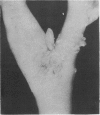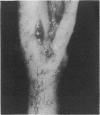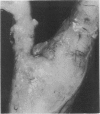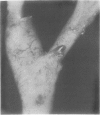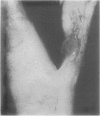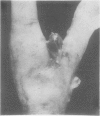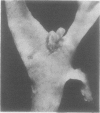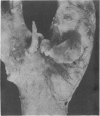Abstract
The variations in anatomical structure and position of both carotid bodies were noted in 100 consecutive subjects who came to necropsy. Considerable variations in form were found. Although most carotid bodies (83% on the right and 86% on the left) were of the classic ovoid type, an appreciable minority was bilobed (9% on the right and 7% on the left) or double (7% on the right and 6% on the left); 1% were leaf shaped. All these anatomical variants have to be distinguished from the pathologically enlarged carotid body that may have a smooth or finely nodular surface. Anatomical variants (such as the bilobed) may themselves enlarge as a consequence of carotid body hyperplasia.
Full text
PDF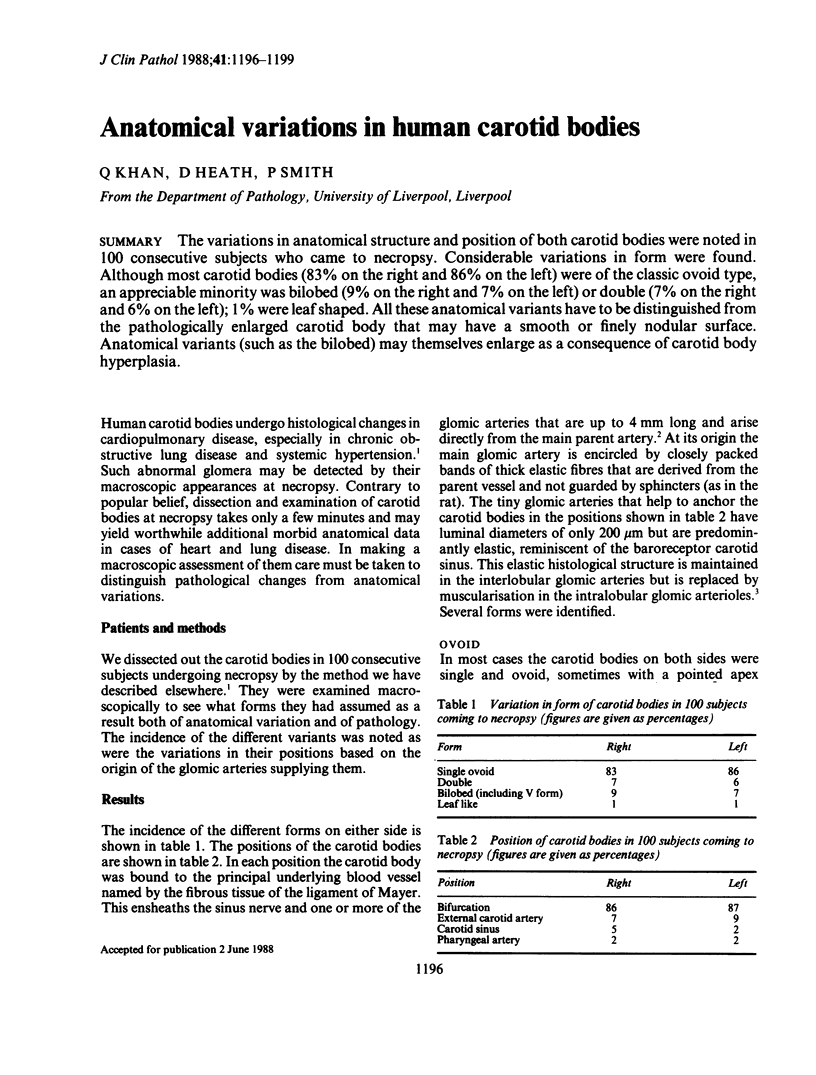
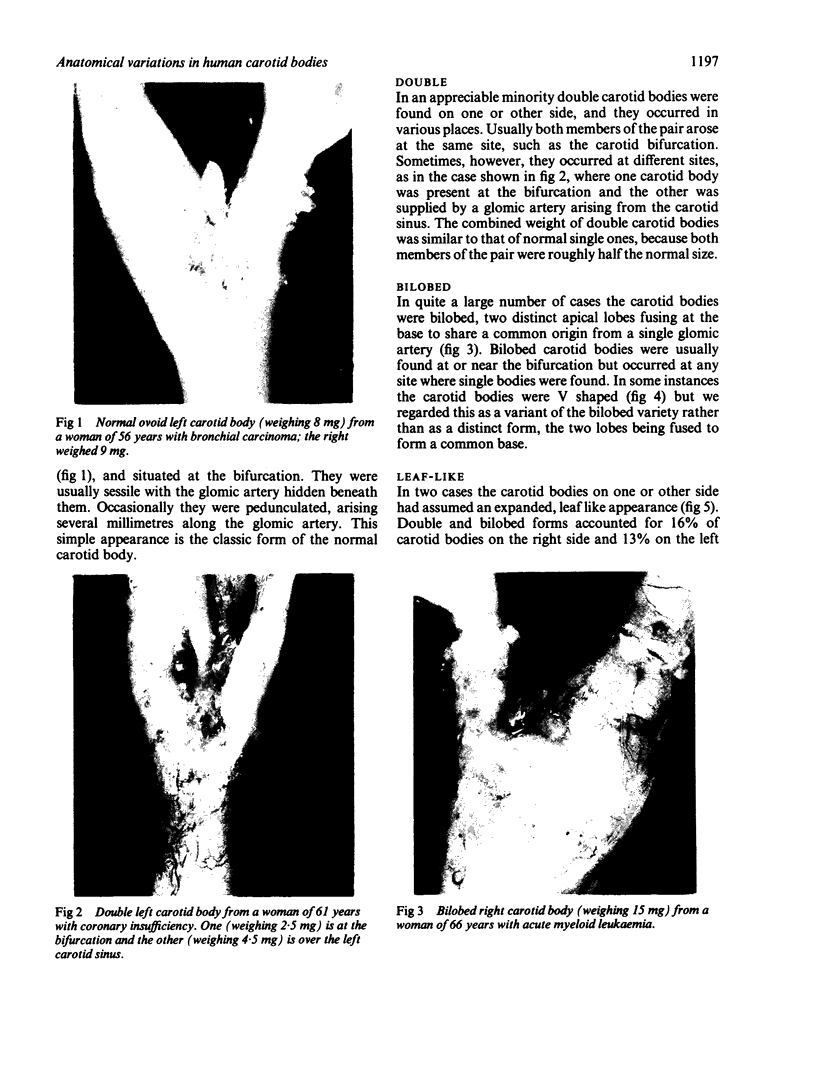
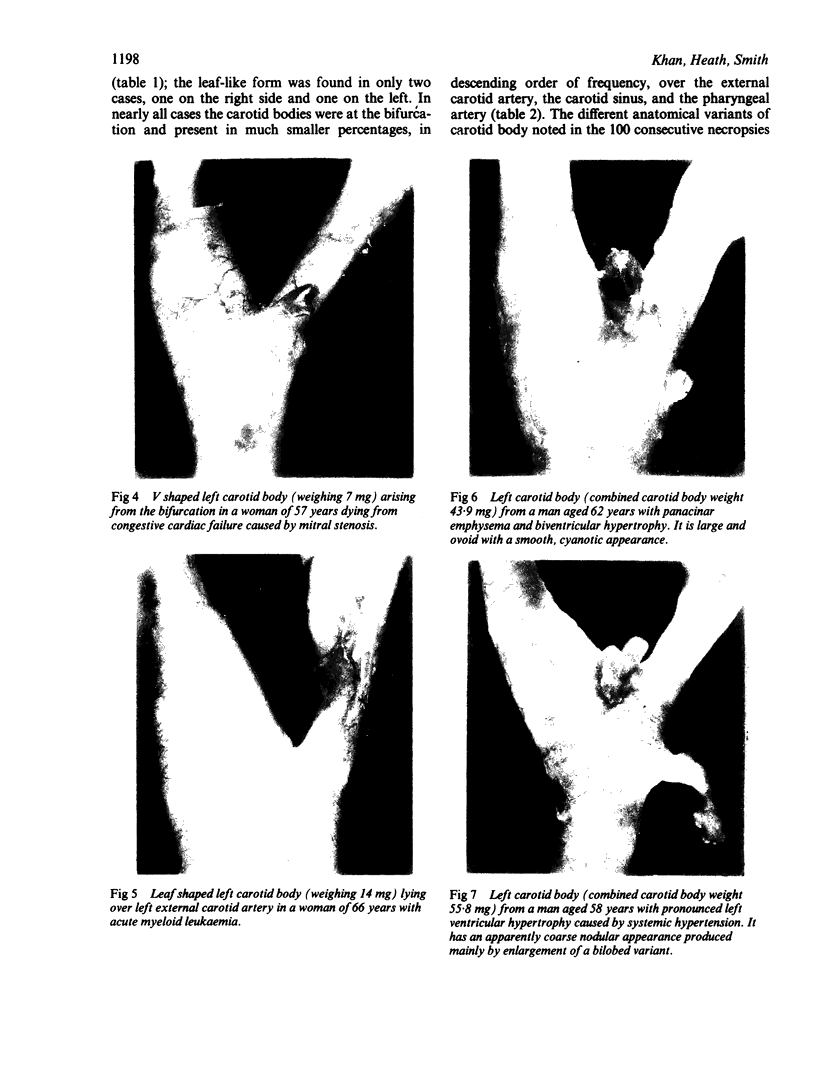
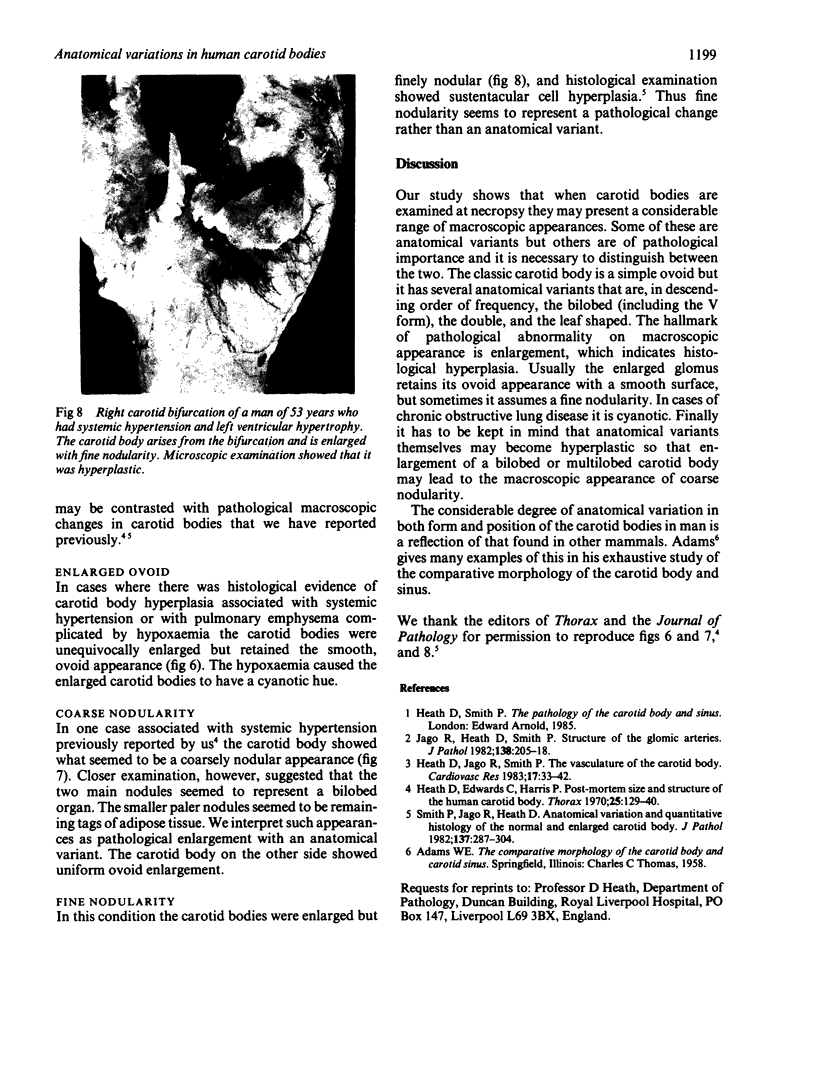
Images in this article
Selected References
These references are in PubMed. This may not be the complete list of references from this article.
- Heath D., Edwards C., Harris P. Post-mortem size and structure of the human carotid body. Thorax. 1970 Mar;25(2):129–140. doi: 10.1136/thx.25.2.129. [DOI] [PMC free article] [PubMed] [Google Scholar]
- Heath D., Jago R., Smith P. The vasculature of the carotid body. Cardiovasc Res. 1983 Jan;17(1):33–42. doi: 10.1093/cvr/17.1.33. [DOI] [PubMed] [Google Scholar]
- Jago R., Heath D., Smith P. Structure of the glomic arteries. J Pathol. 1982 Nov;138(3):205–218. doi: 10.1002/path.1711380303. [DOI] [PubMed] [Google Scholar]
- Smith P., Jago R., Heath D. Anatomical variation and quantitative histology of the normal and enlarged carotid body. J Pathol. 1982 Aug;137(4):287–304. doi: 10.1002/path.1711370404. [DOI] [PubMed] [Google Scholar]



